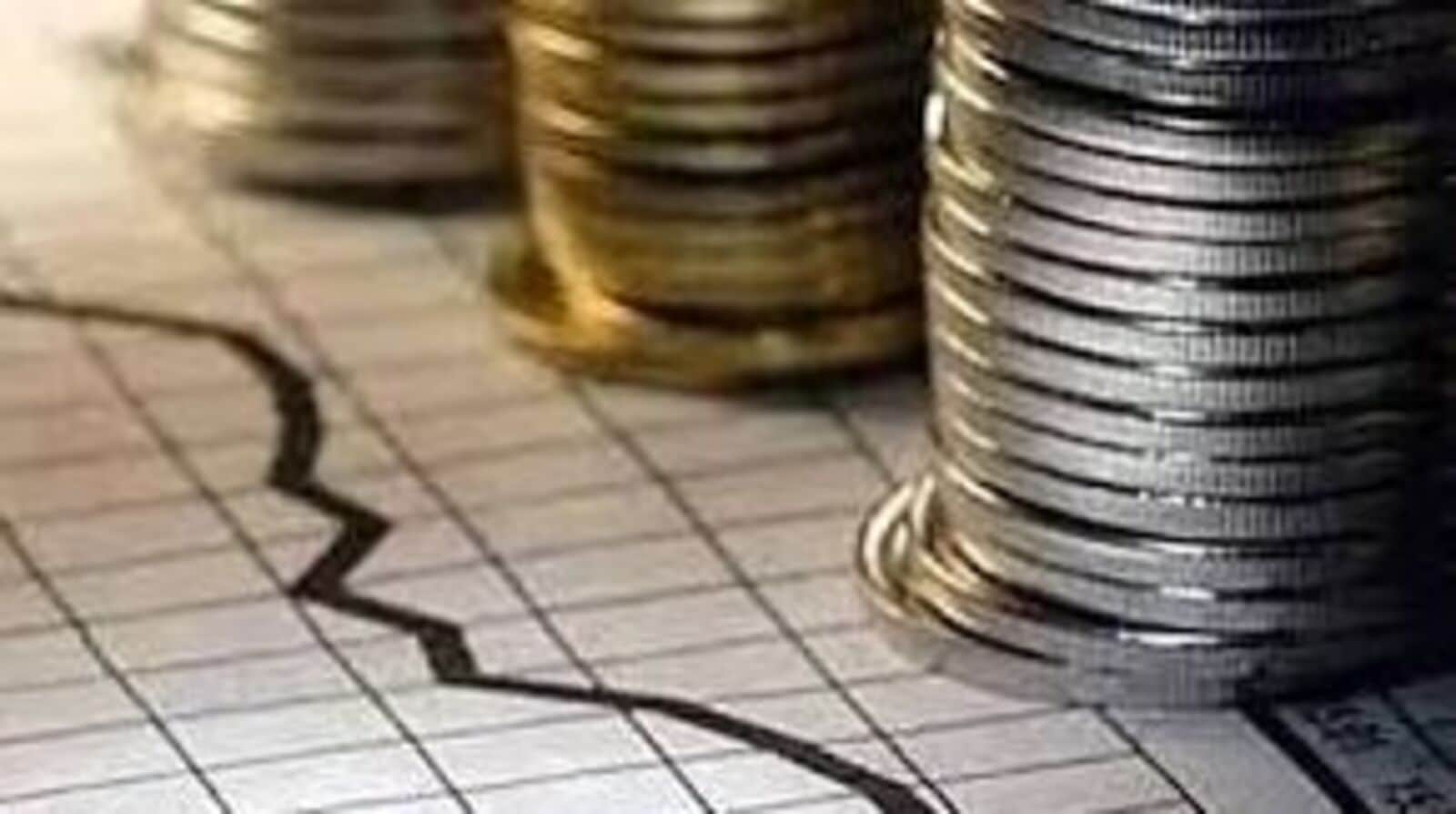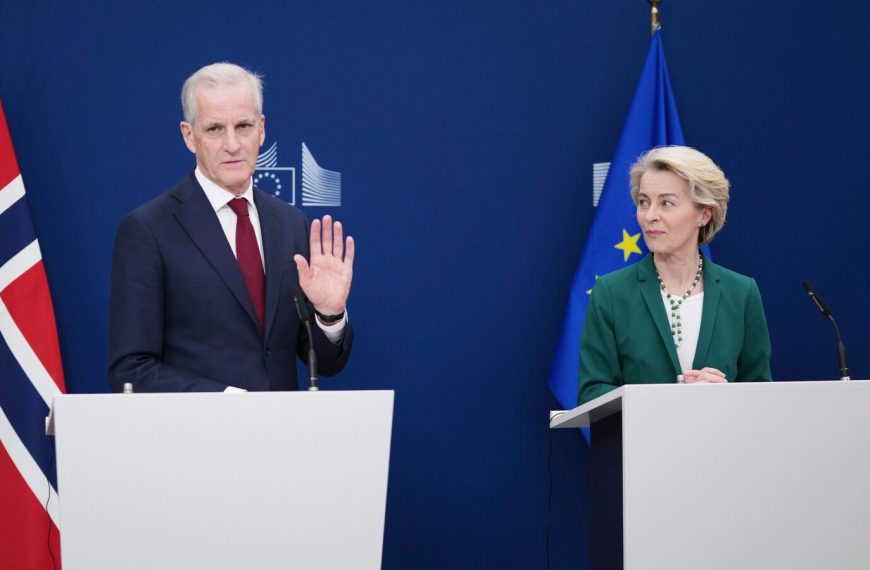In the upcoming week, central banks worldwide are poised to adopt a cautious “wait-and-see” approach as they assess the repercussions of President Donald Trump’s trade policies on the global economy. Since Trump took office in January, there has been a noticeable shift in the rhetoric and actions taken against various nations, which has created a ripple effect across international trade. With tariffs firmly in place on steel and aluminum and tensions escalating with Canada, China, and the European Union, central bankers are now faced with significant challenges in predicting the effects on both economic growth and inflation.
Central Banks on Edge
As central banks convene, many may choose to maintain current interest rates amid uncertainty about the economic landscape. Recent fears of a potential US recession have sent shockwaves through Wall Street, but it seems unlikely that the Federal Reserve will take immediate action to lower rates. Similarly, other central banks in Japan, the UK, and Sweden are expected to hold steady, while those in South Africa, Russia, and Indonesia might follow suit.
- Brazil’s Central Bank is anticipated to act quickly to combat rising inflation, possibly increasing rates to offset the economic pressures stemming from Trump’s policies.
- Economists Anna Wong and Chris G. Collins highlight the Fed’s dilemma: “With consumer and business confidence declining, the Fed is limited in its ability to cut rates due to rising inflation expectations. Without a ‘Trump Put,’ the Fed’s hesitance to intervene could worsen market sentiment.”
Global Monetary Policy Outlook
Despite the mixed signals in economic indicators, central banks representing a large portion of the world’s most traded currencies are set to make significant rate decisions in the coming days.
United States
The Federal Reserve is expected to keep rates unchanged during its two-day meeting, with market attention shifting to Chair Jerome Powell’s insights and economic forecasts. Powell has indicated that there’s no urgency to reduce rates, but given the recent downturn in stock markets and declining consumer confidence, he may face pressure to reassure investors about the Fed’s readiness to act if necessary.
Asia
- Japan: Anticipation surrounds the Bank of Japan, which is likely to maintain its rates while evaluating the impact of previous hikes amidst ongoing inflation and wage growth.
- Indonesia: The central bank is also expected to pause its easing cycle to manage capital outflows and stabilize the currency.
- China: Chinese lenders are likely to hold their loan prime rates steady, influenced by recent data that may have been skewed due to the Lunar New Year holiday.
Europe, Middle East, and Africa
- United Kingdom: The Bank of England is set to refrain from rate cuts, maintaining its level at 4.5% as it navigates geopolitical tensions and persistent inflation.
- Switzerland: The Swiss National Bank faces pressure to reduce rates, but might opt for a conservative approach to preserve its monetary policy toolkit.
- Sweden: The Riksbank is expected to keep its rate stable, having recently implemented multiple cuts, as it assesses the impact on a sluggish economy.
Latin America
- Brazil: The Banco Central do Brasil is gearing up for its third consecutive rate hike, raising expectations to 14.25% amid inflation concerns.
- Chile: The central bank is likely to maintain its rate at 5%, balancing inflation pressures against strong domestic demand.
- Argentina: Following President Javier Milei’s recent strategies, another rate cut could be on the horizon as the central bank responds to inflation metrics.
Conclusion
As central banks globally prepare for pivotal meetings, the overarching sentiment remains one of uncertainty. With trade tensions and inflationary pressures dominating discussions, the coming days will reveal how policymakers balance growth and stability in an unpredictable economic environment. For a detailed timeline of upcoming central bank decisions, stay tuned for updates in the financial landscape.











